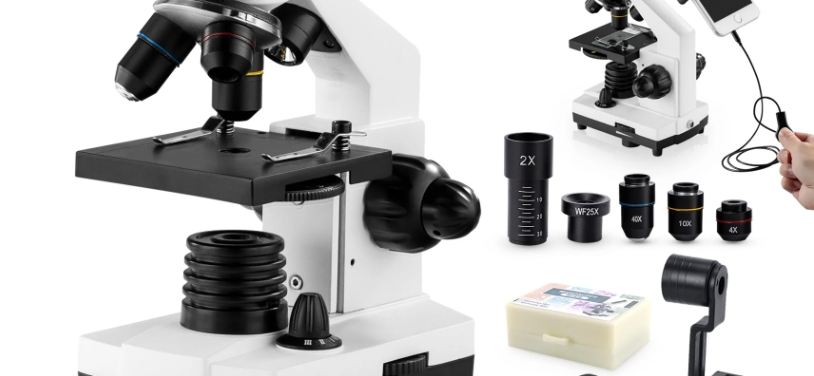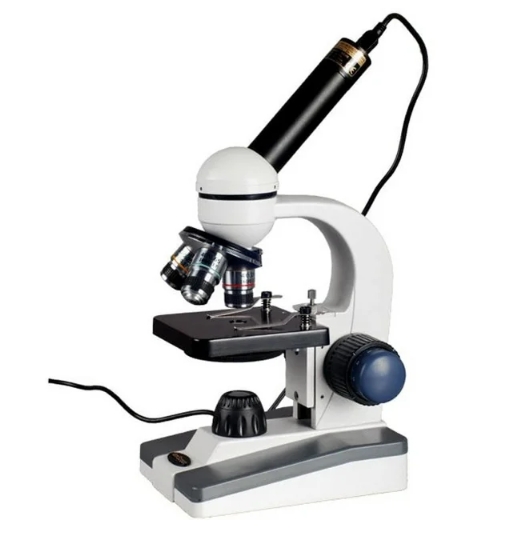A microscope is an optical instrument used to observe very small objects, which magnifies the details of the object to reveal microscopic structures that cannot be casually seen by the naked eye. Since the 17th century, the invention of the microscope has changed the face of scientific research, especially in the fields of biology, medicine and materials science.
Microscopes are mainly divided into optical microscopes and electron microscopes. Light microscopes, which reflect light or pass through objects to form enlarged images, are suitable for observing living cells and tissue structures. In contrast, electron microscopes, which use beams of electrons rather than light, can achieve much higher magnification and reveal much finer structures, such as organelles and nanomaterials.
The use of the microscope has not only promoted the development of scientific research, but also profoundly affected medical diagnosis, education and industrial applications. Through the microscope, we can explore the seemingly unreachable microscopic world and uncover the secrets of life and matter. Whether conducting research in the lab or teaching in the classroom, the microscope is a window into new knowledge.




